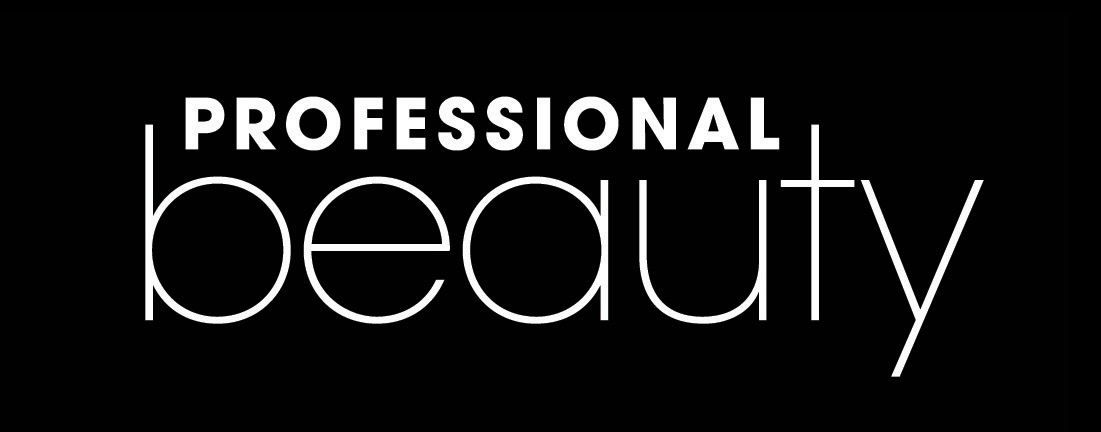Gone are the days when beauty was a term predominantly associated with fair skin, sharp features, and long-flowing hair. The world has come a long way and now people want to see inclusivity, diversity, and equity in the industry (DEI). As the consumer base is constantly seeking inclusivity in the beauty industry, it’s now more essential than ever for brands and salons to become a beacon of change.
As the beauty industry is rapidly transforming, the consumer base no longer appreciates traditional beauty standards. Embracing inclusivity and diversity, the consumer base seeks a wider representation and, also the recognition of different skin tones, hair types, genders, ages, and even body shapes in marketing campaigns. As emotions witness a shift, DEI needs to be a driver of change.
How Is Inclusivity Helping the Brands
By showcasing a range of faces and body types, brands surely showcase the wide-ranging reality of the consumer base. Additionally, they send across a message of acceptance and empowerment. Thereby, fostering a deep connection and bonding with the consumers. Speaking from the business point of view, embracing DEI is not just about doing the right thing but also about doing what is beneficial for the business. With more inclusivity, the brands don’t stand on the correct moral ground but garner a larger reach and build greater customer relations.
Not just storytelling, the need for inclusivity is also pushing brands to introduce an expansive range of products for different needs. It also pushes brands to either create universal products suitable for all or products that can be customised for one’s unique concerns. At the heart of product creation, the call for inclusivity is now central.
A Quick Start: How Brands Can Achieve Inclusivity in The Beauty Industry
- Representation Matters: One of the first steps a brand can take is to come up with a range that is truly inclusive and caters to a broad spectrum of people or concerns. Secondly, ensuring diverse representation in their marketing materials is imperative as well. This includes featuring models of various ethnicities, ages, body types, gender identities, and abilities.
- Authenticity is Key: The consumer is no longer gullible. It is now more deducible than ever whether the brand genuinely believes in these values or is just using bogus storytelling for the sheer purpose of fitting in. So, as a brand authenticity is becoming more crucial than ever. It builds trust and credibility, leading to a more lasting connection with consumers.
- Listen and Learn: The consumer of this era knows what it needs and they’re not afraid to disregard options that don’t fill the bill. Brands need to actively listen to their consumers and take feedback seriously. The ongoing dialogue allows brands to continually adapt and improve their strategies to better reflect the diversity of their audience.
We live in an era where the impact of social media is heightened more than ever. People not only seek acceptance but are also no longer afraid to call out brands that lack diversity. As the emotions towards DEI are at a peak, now is the right time to revisit your brand values to include the same.


